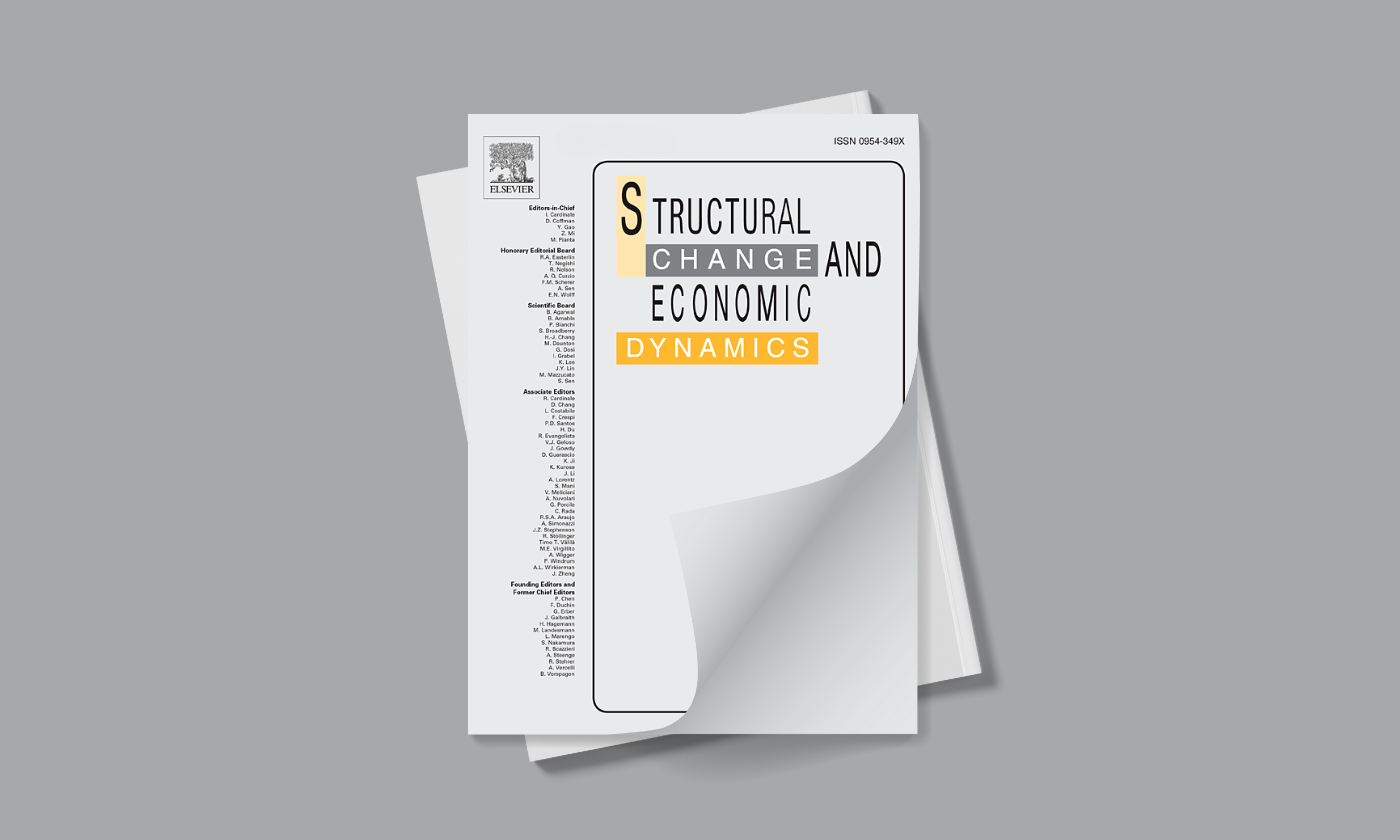Drivers of income inequality in OECD countries: testing the Milanovic's TOP hypothesis

Authors:
- Danijela Lazović Vuković, University of Ljubljana, School of Economics and Business, PhD student
- Jože P. Damijan, University of Ljubljana, School of Economics and Business
Keywords:
income inequality | income distribution | globalization | technological progress | policy
Abstract:
This paper studies the drivers of rising income inequality in OECD countries between 1980 and 2018. By testing Milanovic’s TOP hypothesis in our sample, we measure the extent to which these distributional outcomes have been driven by either technological progress or globalization and the extent to which they have been influenced or mitigated by policy choices. The results of our empirical analysis provide the basis for confirming the TOP hypothesis. We find evidence that a 10 percent increase in trade openness, financial globalization, and technological progress is on average associated with a 0.4 percent, 0.3 percent, and 0.9 percent change in market inequality, respectively. At the same time, policies such as public expenditure on education, employment protection legislation and direct income taxes promote a more equal distribution. Our most notable finding, however, is that policies not only have a direct equalizing effect, but also mitigate the effects of globalization and technological progress on income inequality. The results of our study suggest that there are reasonable alternatives to anti-globalization strategies and that redistributive and labor market policies can be tailored to control inequality in the era of globalization and technology.
The Sustainable Development Goals (SDGs) addressed in the article are:
- SDG 1: No Poverty
- SDG 8: Decent work and economic growth
- SDG 10: Reduced inequality
The article is published in:
Structural change and economic dynamics (ScienceDirect)
The content is freely accessible at:
Drivers of Income Inequality in OECD Countries: Testing the Milanovic's TOP Hypothesis

